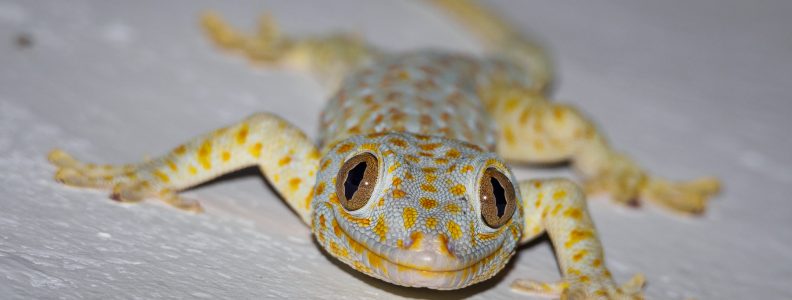Here’s a piece of near-future fiction touching on the themes of isolation, privacy of thought and love.
US (Unified Sentience) by Stephen Oram and read by the wonderfully talented Gigi Lynch.
Here’s a piece of near-future fiction touching on the themes of isolation, privacy of thought and love.
US (Unified Sentience) by Stephen Oram and read by the wonderfully talented Gigi Lynch.

Here is a recent example from PITH:
I was at the gym the other day, which is a strange experience for me. There were people pushing large tractor tires around the room and it made me wonder. If we spend our time replicating work from a past generation to keep fit, what might the gym of the future look like?
Will it be rows of desks with people exercising their typing fingers now voice activation is ubiquitous?
Or maybe machines with three pedals and a steering wheel?
Emails to PITH subscribers are infrequent and fairly random, but always short and pithy.
I’m not particularly public about it either – avoiding the ‘subscribe now and get a free gift’ approach. However, from time to time I let people know it exists, hence this post.
You can sign up at https://tinyurl.com/PITHLIST

Biohacked & Begging has been out a few months and the reviews are coming in, so I thought it was high time I sat down and reviewed the reviews, so to speak.
Here are some quotes that made me smile:
“Oram is like the grand master of near future fiction.”
Gallifreyan Buccaneer
“This is a great collection – it only took 24hours to devour it!”
Megan Forrest (Amazon)
“Awesome book. I want more!”
Patricia Eroh (Amazon)
“The worlds created in each instance are profoundly imaginative.”
ForTheLoveOfNietzsche (Amazon)
“This collection is engrossing, eye opening and thought provoking.”
Jypsy (Goodreads)
“Designer food, drugs and so forth has never been so interesting and scary at same time.”
Engel Dreizehn (Goodreads)
“Blown away by this inspirational collection.”
Sandra (Goodreads)
“Definitely a fan of Mr. Oram’s style.”
BookwormishMe (Goodreads)
“Everything about this book is aesthetically pleasing to me.”
Victoria (Goodreads)
“Like “Ok, Computer” in flash fiction form.”
j (Amazon)
And, don’t forget – an author thrives on reviews so keep ’em coming!
photo credit: Christian Gloor (mostly) underwater photographer Happy to eat bugs via photopin(license)